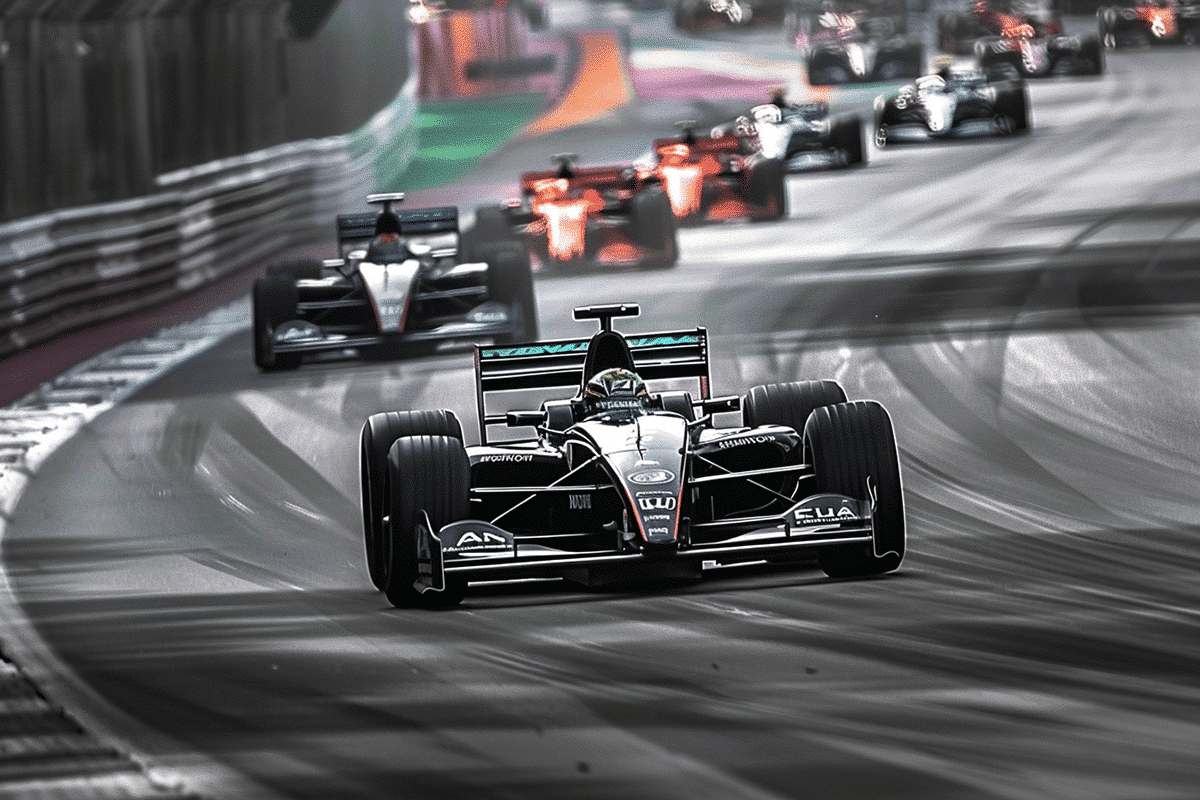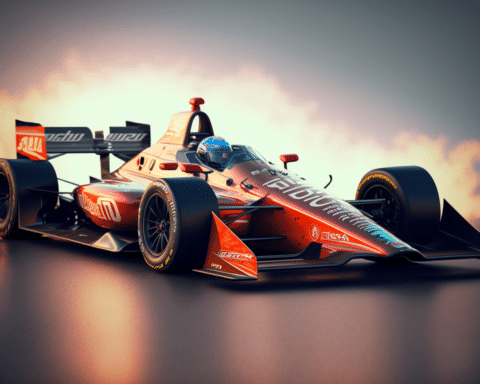Formula 1 (F1) racing isn’t just about speed and glamour on the racetrack—it’s also a hotbed of innovation that trickles down to everyday consumer cars. The high-stakes world of F1 has long served as a testing ground for cutting-edge technology, with innovations ranging from paddle shifters to hybrid engines finding their way into our daily commutes.
Paddle shifters, once reserved for exotic supercars, have become a common feature in many consumer vehicles. These handy gadgets, located behind the steering wheel, allow drivers to change gears seamlessly, enhancing both performance and convenience. Originally introduced in F1 cars to reduce gear-shifting time, paddle shifters made their way to mainstream automobiles, improving the driving experience for millions.
Carbon fiber, a lightweight yet sturdy material, revolutionized the automotive industry after McLaren introduced it to F1 in the 1980s. By constructing car tubs—the capsule where the driver sits—out of carbon fiber instead of metal, McLaren drastically reduced weight without compromising safety. This innovation quickly spread to consumer cars, where carbon fiber is now used in various components, from console covers to structural parts, offering both style and performance benefits.
Hybrid engines, combining electric motors with gasoline engines for enhanced fuel efficiency, have also transitioned from consumer cars to F1. Originally embraced by automakers seeking eco-friendly solutions, hybrid technology later found its place on the F1 track. Today, advancements in energy recovery systems, initially developed in F1, are improving the performance and sustainability of consumer vehicles.
The influence of F1 technology goes beyond specific components. It fosters a culture of innovation and pushes the boundaries of what’s possible in automotive engineering. As automakers strive to meet the evolving demands of consumers, they look to F1 for inspiration and technological breakthroughs.
However, the journey from the racetrack to city streets isn’t always straightforward. Consumer cars have different requirements compared to their F1 counterparts. While F1 cars prioritize speed and performance, consumer vehicles must meet various standards, including safety, comfort, and durability. Adapting F1 technology to consumer cars requires careful consideration and engineering expertise.
Despite these challenges, the impact of F1 on consumer cars is undeniable. From turbocharging to regenerative braking, F1 innovations continue to shape the future of transportation. As we enter a new era of electric and autonomous vehicles, the lessons learned from F1 will play a crucial role in driving innovation and sustainability in the automotive industry.




